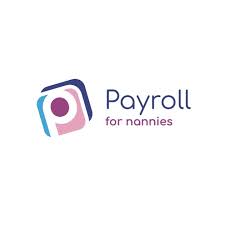Our partners at www.PayrollForNannies.co.uk provide payroll advice for parents and nannies and have provided this content. For more advice and support please get in touch with them.
In our review of Rishi Sunak’s Winter Economy Plan https://src-time.co.uk/government-announces-further-covid-19-support/, we referred to the Job Retention Bonus (JRB) which was announced earlier this year to sit alongside the Coronavirus Job Retention Scheme (CJRS), although it does not actually form part of it. The Chancellor has decided that when the new Job Support Scheme (JSS) commences on 1 November, it will be possible to claim both it and the JRB.
Background
The Chancellor of the Exchequer announced the scheme in July 2020 as an incentive for employers to retain staff in respect of whom they were receiving CJRS payments, after the CJRS scheme had ended.
The scheme comprises a one-off payment to employers of £1,000 in respect of every eligible employee for whom the employer has made a valid claim under the CJRS and who remains continuously employed through to 31 January 2021.
The JRB payment will be subject to corporation tax or income tax, so the business must include the whole amount as income when calculating its taxable profits.
Employers will be able to claim the JRB through gov.uk after they have filed their RTI returns for January. Payments will be made to employers from February 2021 by direct bank transfer
Qualifying employers
All types of employers are eligible for the scheme including recruitment agencies and umbrella companies, as well as those private households operating a PAYE scheme in respect of domestic staff. The employer must:
- have a UK bank account
- have complied with their obligations to pay and file PAYE accurately and on time under the RTI reporting system for all employees to the end of January 2021; and
- be up to date with payroll obligations and have addressed all requests from HMRC to provide missing employee data in respect of historic CJRS claims.
Employee eligibility
Each employee must have been:
- furloughed and the subject of an eligible CJRS claim;
- continuously employed by the relevant employer from the time of the employer’s most recent CJRS claim for them, to 31 January 2021; and
- paid a total of at least £1,560 for the period 1 November 2020 to 31 January 2021. The employee does not have to be paid £520 in each month but must have received some earnings in each of the three calendar months that have been paid and reported to HMRC via RTI.
Claims may be made for employees who are office holders, company directors and agency workers, including those employed by umbrella companies. These criteria must be met regardless of the frequency of the employee’s pay periods, their hours worked or rate of pay.
Employees who have returned from statutory parental leave or who are military reservists returning to work after 10 June 2020, for whom a CJRS claim has been made, all qualify provided the other eligibility criteria are met, as do employees who are on fixed term contracts.
Note that the employee must not be serving a contractual or statutory notice period, that started before 1 February 2021.



